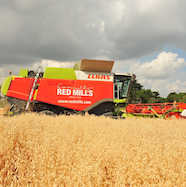Why do Soil Testing for Phosphorus & Potassium Levels in Autumn?
Autumn the ideal time to carry out soil testing and analyse swards before autumn reseeding or winter crop sowings take place. A large proportion of soil samples have a soil pH <6.5 and low soil phosphorus (P) and potassium (K) levels. Maintaining the correct soil pH, P and K levels is essential to maximising yield and profitability from any sward. The idea is to achieve P and K indexes of between three and four.
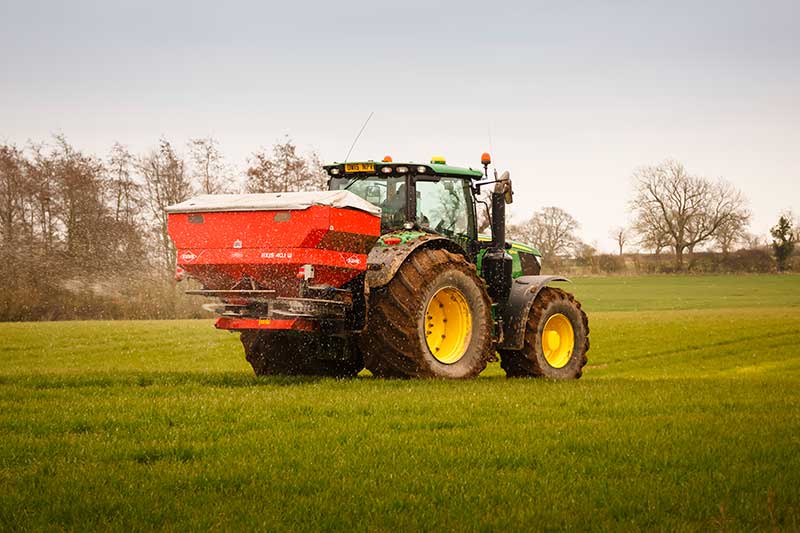
Frequency of Soil Sampling to test for Phosphorus and Potassium in Soil
Now is the ideal time to take soil samples from fields that have not been sampled in the last three to five years. A soil test is a small annual cost (€0.70/ac/year) and will provide the basis to plan lime applications where required and select the most suitable fertiliser compounds to supply crop P and K requirements. Soil testing will also be required for nutrient management plans.
It is recommended once soil sample results have been received to consult with a trained nutrient management professional, to help plan a fertiliser programme. This will help achieve the optimum P and K levels most efficiently.
For more information or assistance, contact the RED MILLS agronomy team.
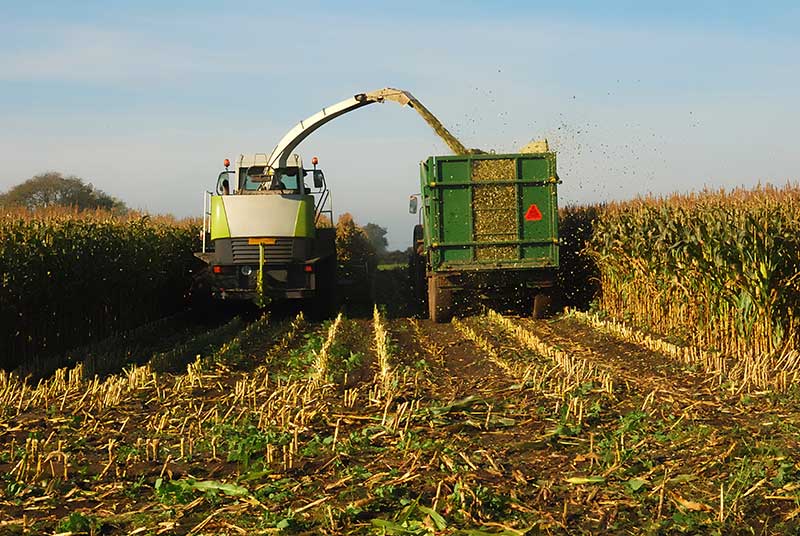
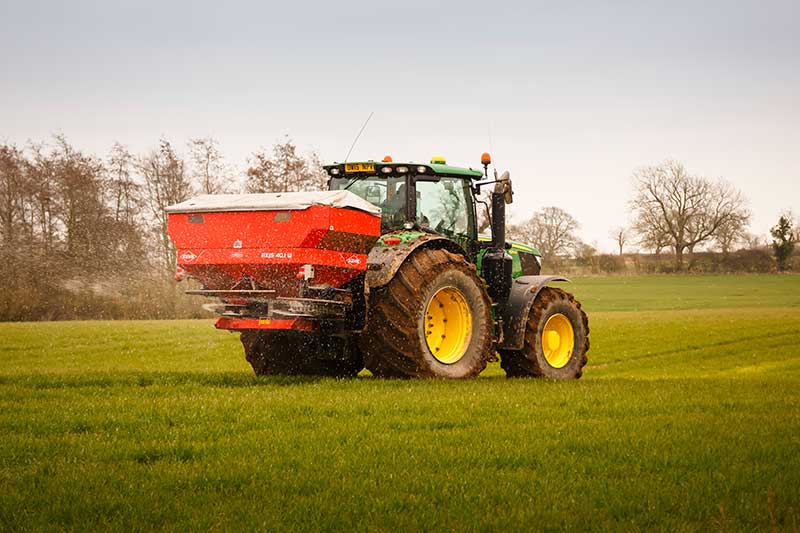
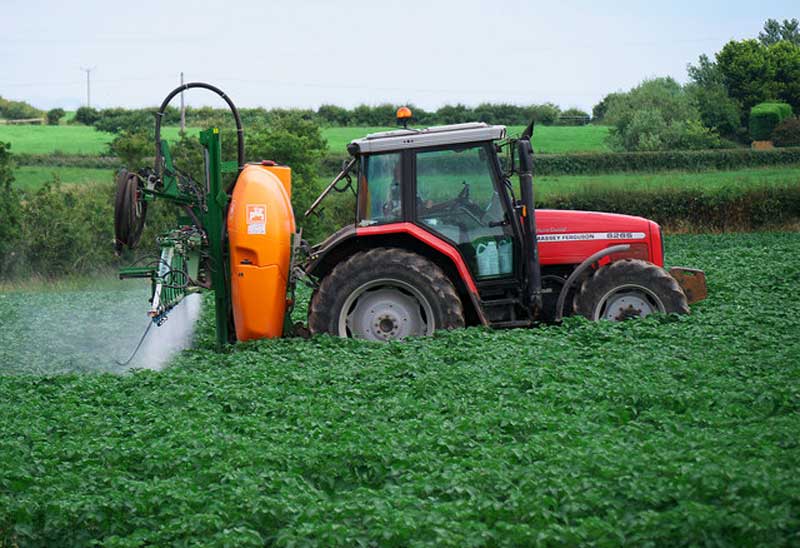
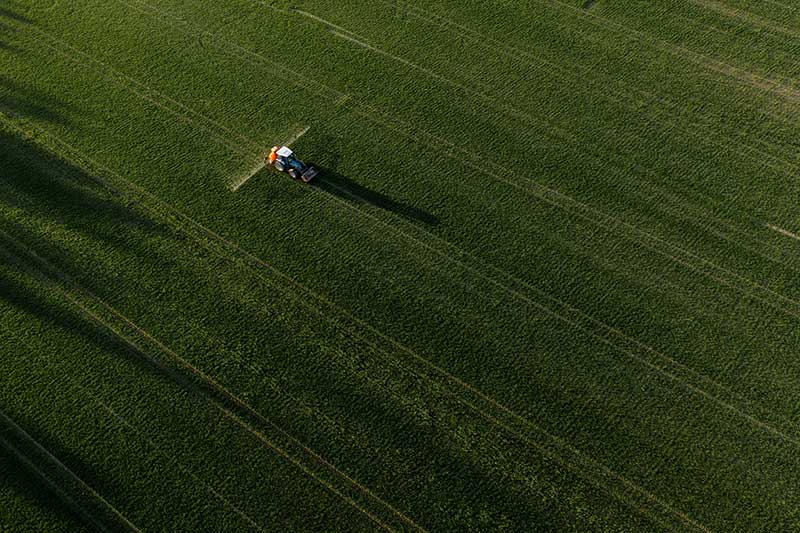


 05
05

